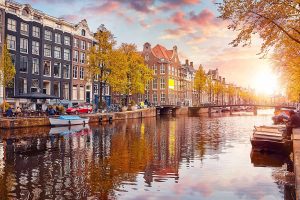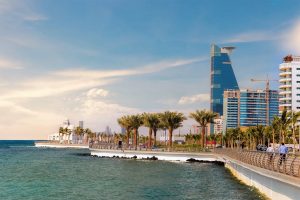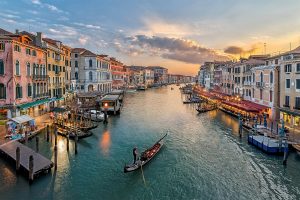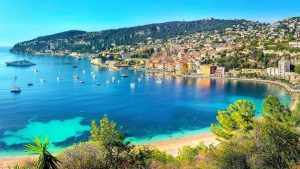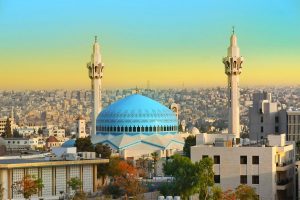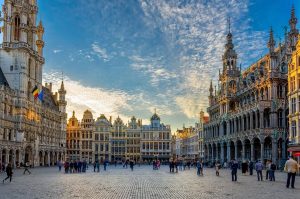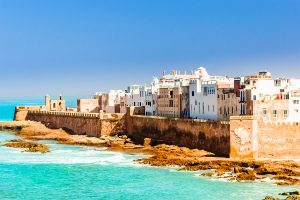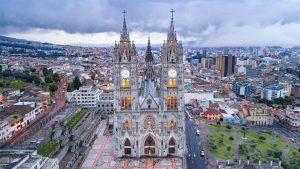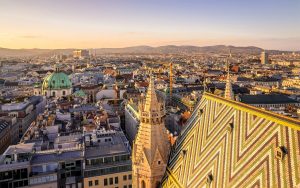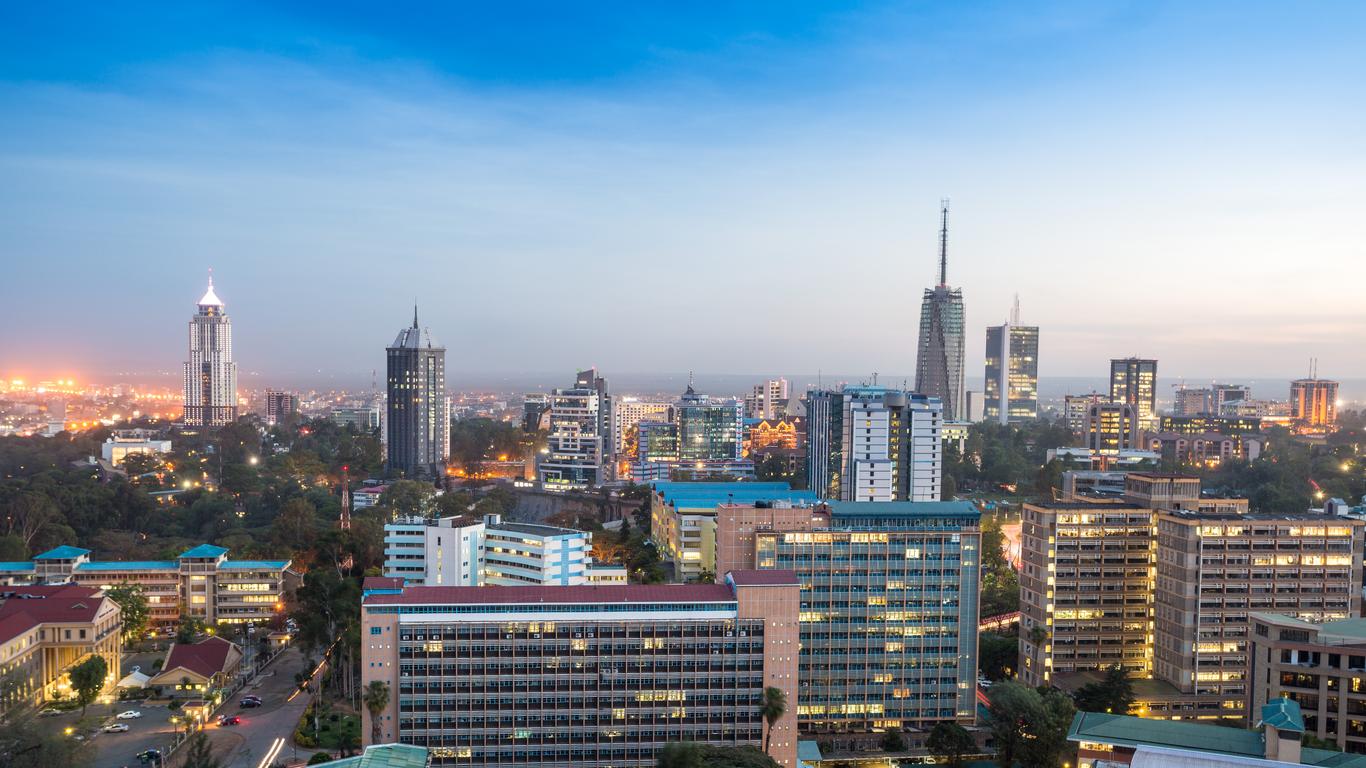
28 interesting facts about Nairobi
- 👁️ 1202
Nairobi, the capital city of Kenya, is a vibrant metropolis known for its breathtaking landscapes, rich cultural heritage, and dynamic urban life. Established as a railway depot in 1899 by the British East Africa Protectorate, Nairobi quickly grew into one of Africa’s largest and most influential cities. Today, it serves as a major hub for commerce, culture, and diplomacy, not just for Kenya but for the entire East African region. With its unique blend of urban sophistication and natural beauty, Nairobi offers a fascinating study in contrasts. Here are 28 interesting and informative facts about Nairobi that showcase its significance and charm.
- Nairobi is known as the “Green City in the Sun,” thanks to its lush landscapes and favorable climate.
- It was founded in 1899 and quickly evolved from a basic camp for railway workers to the capital of British East Africa by 1907.
- Nairobi is the largest city in Kenya and serves as the country’s economic, political, and cultural center.
- The city is situated at an altitude of 1,795 meters (5,889 feet) above sea level, making it one of the highest capital cities in the world.
- Nairobi National Park, located just 7 kilometers (4.3 miles) from the city center, is the only national park in the world that borders a capital city.
- The name “Nairobi” comes from the Maasai phrase “Enkare Nyrobi,” which means “cool water,” referring to the Nairobi River which flows through the city.
- Nairobi is a major hub for international organizations, including the United Nations Environment Programme (UNEP) and the United Nations Office at Nairobi (UNON).
- The city’s population has grown rapidly, from 350,000 in 1963 to over 4 million residents today.
- Nairobi is home to the Nairobi Securities Exchange (NSE), one of the largest stock exchanges in Africa.
- The Kenyatta International Convention Centre (KICC), with its iconic cylindrical tower, is a landmark and key venue for events in Nairobi.
- The city has a diverse cultural scene, including numerous museums like the Nairobi National Museum and the Karen Blixen Museum.
- Nairobi was the setting for the book and movie “Out of Africa,” which tells the story of Karen Blixen’s life in Kenya.
- The city’s public transport is dominated by matatus, colorful minibuses that are a common sight on Nairobi’s roads.
- The Giraffe Centre, located just outside Nairobi, is a conservation and education center focused on the endangered Rothschild’s giraffe.
- Nairobi has a vibrant arts scene, with numerous galleries, craft markets, and theaters showcasing both traditional and contemporary African art.
- The city experiences a moderate climate with two rainy seasons and an average temperature of 19°C (66°F).
- Nairobi’s Jomo Kenyatta International Airport (JKIA) is East Africa’s busiest airport, serving over 7 million passengers annually.
- The city’s higher education institutions include the University of Nairobi, Kenya’s oldest and largest university.
- Nairobi’s informal settlements, such as Kibera, are among the largest in Africa, highlighting the city’s economic disparities.
- The iHub, an innovation hub and co-working space, has been instrumental in Nairobi’s emergence as a leading technology center in Africa.
- Nairobi hosts the annual Nairobi International Book Fair, one of the largest literary events in Africa.
- The city is a starting point for safari tours to other parts of Kenya, such as the Maasai Mara and Amboseli National Park.
- Nairobi’s Muthaiga Country Club was a popular social venue for British expatriates during colonial times.
- The Nairobi Arboretum is a botanical garden near the city center that hosts over 300 species of trees and is a popular recreational spot.
- The Westgate shopping mall attack in September 2013 was a tragic event in Nairobi’s recent history, drawing international attention.
- Nairobi is a multicultural city, with a large expatriate community and diverse ethnic groups from all over Kenya and beyond.
- The city’s Karura Forest is an urban forest reserve offering walking trails, waterfalls, and picnic sites.
- Nairobi was awarded the UN Habitat Scroll of Honour in 2014 for its progressive approach to urban environmental management.
Nairobi’s evolution from a modest railway outpost to a bustling metropolis is a testament to its resilience and dynamic spirit. Its mix of natural beauty, cultural richness, and modern development make it a key player on the African continent and a fascinating destination for visitors from around the globe. As Nairobi continues to grow and face new challenges, its story remains a compelling example of urban transformation and cultural diversity.
